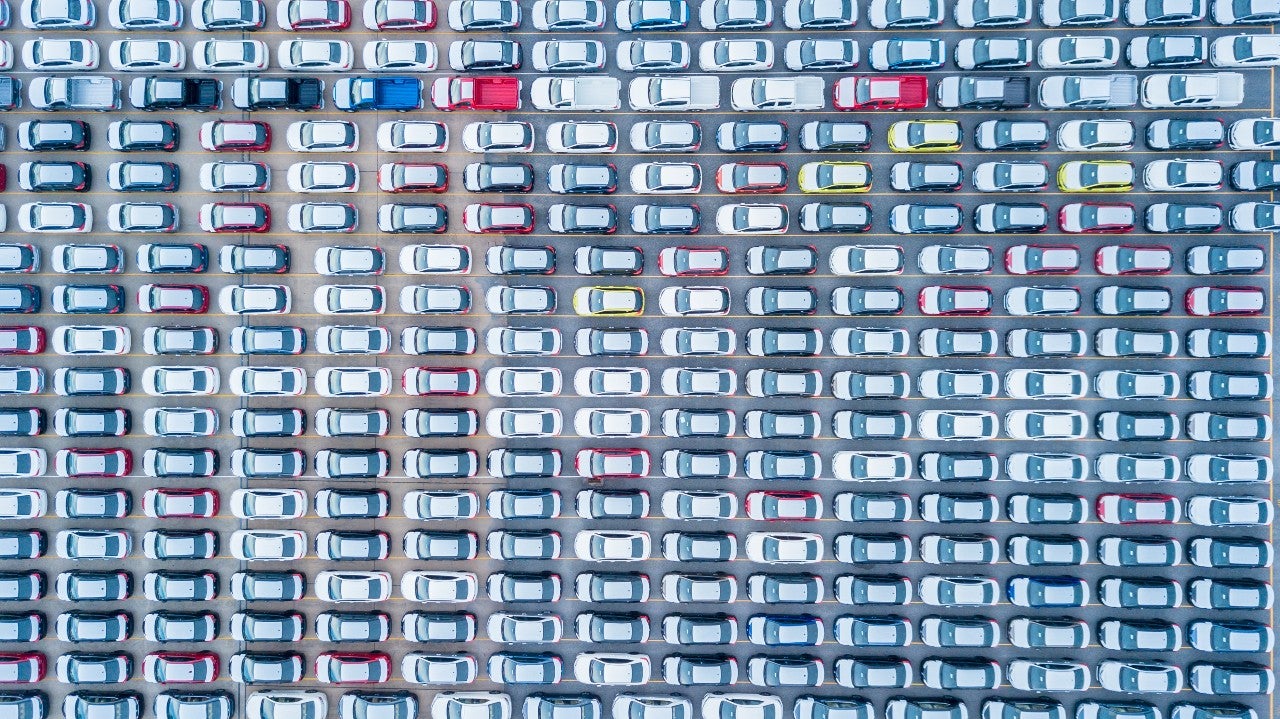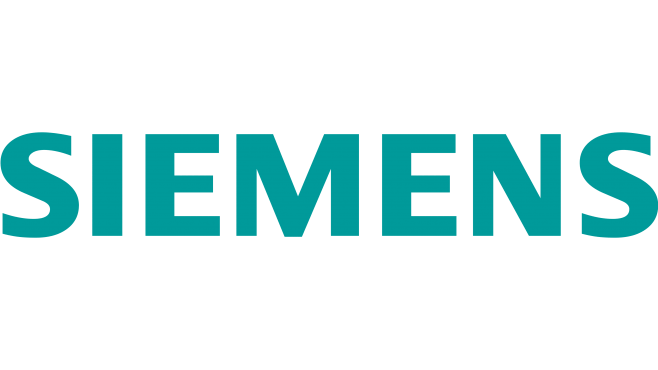
Every attempt to build a greener, more sustainable future for the planet must face head-on the challenge of fossil fuels. This means a radical change in the nature of road transport, which accounts for almost 25% of Europe’s total greenhouse gas emissions. It is also calculated that those emissions must fall by 10% year-on-year if Europe is to meet its own targets by 2030.
The only way that can happen is through a revolution in road transport. Government programmes are helping to dive that change, with a number of countries offering direct purchase subsidies and tax credits for electric vehicle (EV) purchases, as well as introducing infrastructure incentive plans for expanding the charging network. At the same time internal combustion engine vehicles are being phased out, with Norway banning their sale as soon as 2025, and a number of European countries, including the UK, the Netherlands and Ireland, following suit in 2030.
One in ten new passenger cars in Europe is a fully EV or plug-in hybrid, and that proportion continues to rise. Given that company-owned vehicles account for more than 50% of Europe’s road fleet, and that they travel disproportionately large distances compared with private vehicles, fleet operations is an essential piece in the energy puzzle.
It is a positive sign, then, that more than 100 of the world’s largest enterprises have signed up to the Climate Group’s EV100 campaign, a global initiative that provides a support platform for companies committed to switching their fleets to electric and installing charging infrastructure by 2030. That alone could bring almost five million more EVs to the roads and avoid the emission of 75 million metric tonnes of CO2 by the end of the decade.
“The EV100 campaign is a great step forward,” says Jean-Christoph Heyne, head of future grids at Siemens Smart Infrastructure. “We are fully convinced that the electrification of fleets is an enterprise need and we are driving it forward for our own company.”
A green light for efficiency
Switching fleets to EVs sooner rather than later has obvious environmental benefits, but it also helps businesses to get out in front of changing regulations. Governments are setting tougher emissions targets and more and more cities are creating low and zero-emission zones to keep polluting vehicles out of urban areas. There is a price for pollution.
Perhaps more important is the fact that EVs bring long-term savings on the cost of running the fleet. Fleet managers and the senior executives to whom they report are increasingly aware of such benefits.
“There is an appetite for change among companies that have made a clear pledge to reduce fuel consumption by 2030 or 2040,” says Heyne. “For them, electrification of the fleet is a simple move. Fleet renewal is a simple step that can help them reach a milestone in fuel reduction, but that strategy is driven by the CEO or the sustainability team, not the fleet manager, and there are complex issues to address when it comes to charging EVs.”
A commitment to diversifying the vehicle mix is only part of the picture. As more of Europe’s 63 million-strong fleet switches to EVs, there is a need to greatly extend the network of charging points. Fleet journeys must be plannable and the charging network must not hinder route feasibility. Although the majority of charging is carried out at home or at a depot, public availability is also essential. Wherever vehicles are charged, payment must be simple and transparent, as is the case with the fuel cards that are currently used in petrol stations.
“Fuelling still needs to be on a single bill, wherever the driver charges,” says Heyne. At the moment, employees need to be reimbursed for charging EVs at home, while charging at the depot goes to the company’s cost centre. For charging in public spaces, drivers will need access to the whole charging network – and that is the main problem.
Overcoming that problem involves devising a system that can still use a single fuel card that provides access to the public charging infrastructure, which is why Siemens has teamed up with Digital Charging Solutions (DCS) to create the Enterprise Charging Network solution.
Simple but powerful
DCS develops charging solutions for automobile manufacturers and fleet operators, and under its CHARGE NOW for Business brand, launched at the beginning of 2020, it offers leasing providers, large companies and their fleet managers an efficient fleet charging service to encourage e-mobility.
“To accomplish that, the solution enables the management of charging contracts across different IT environments,” says Markus Bartenschlager, managing director at DCS. “The Enterprise Charging Network covers all the diverse private and semi-public fleet use cases in the market through the connection of charging hardware with the driver and the car.”
The aim is to provide roaming access to European charging networks with payment through a single contract, whether a vehicle is charged at home or on the road. It is all about simplicity.
“One app, one card, one bill – that is the result of a partnership to create a billing ecosystem for charging a fleet of EVs,” says Heyne. “Billing is the next step in simplifying e-mobility. It has to be simple for the driver and for the fleet manager. It has to be as simple as charging a smartphone.”
“Our vision is to make e-mobility as easily accessible and usable as possible to promote its acceptance and widespread use worldwide,” adds Bartenschlager. “With our joint solution we cover the main needs of fleet drivers and fleet managers and enable a smooth transition to e-mobility. For us, linking EVs and smart infrastructure doesn’t end at the charging station.”
The simplicity that is so essential comes from the grid edge expertise that Siemens has built up, having looked closely at the interface of power supply and consumption across Europe’s grid network, and the payments expertise of DCS.
The collaboration helps to unlock the many benefits EVs bring to fleet operators: lower cost of ownership, greater reliability and large reductions in emissions. For companies still cautious about transition, Heyne has some words of encouragement.
“Our charging infrastructure is open and modular, so it is easy to scale up and to install,” he says. “It is the same with driver billing, which can be extended easily to more drivers. So don’t wait: Think big, start small and scale fast, according to your needs.”


